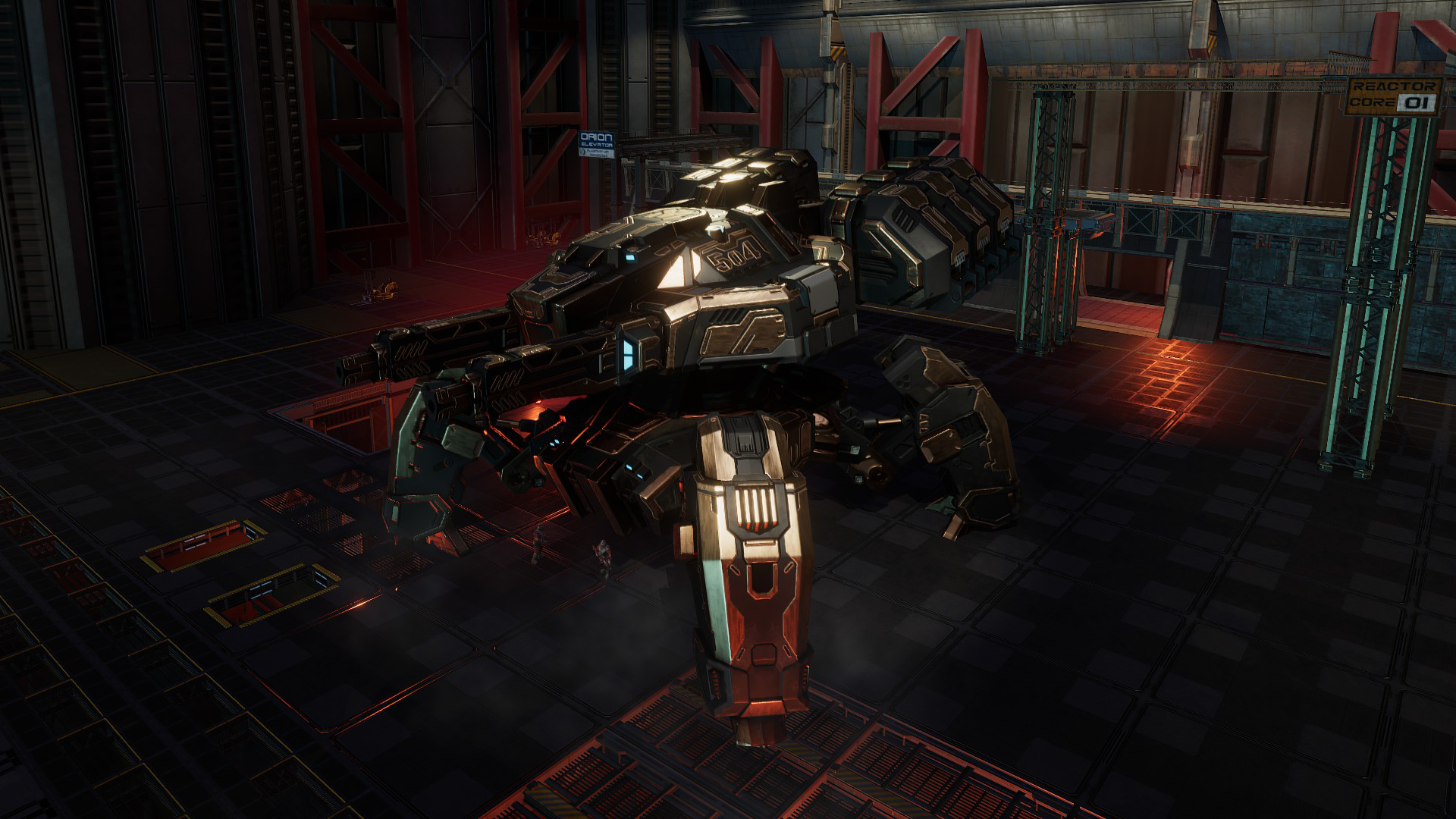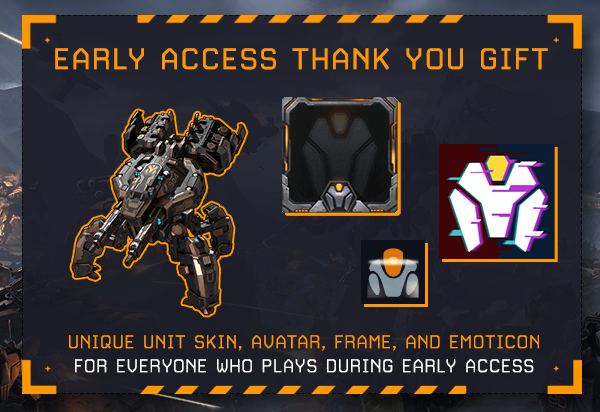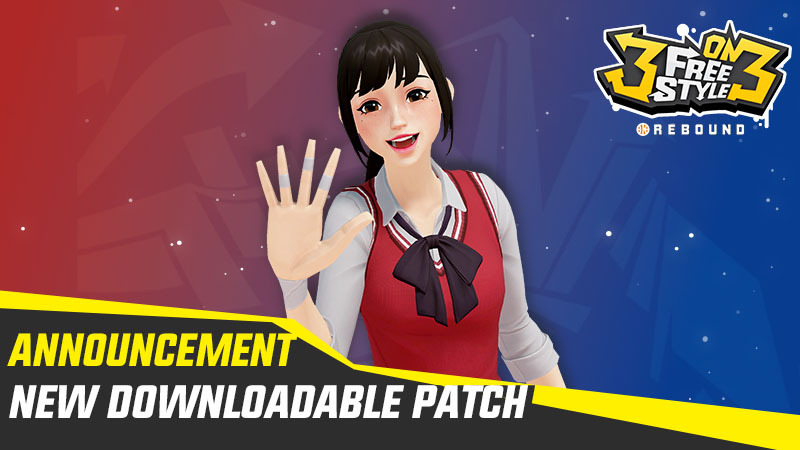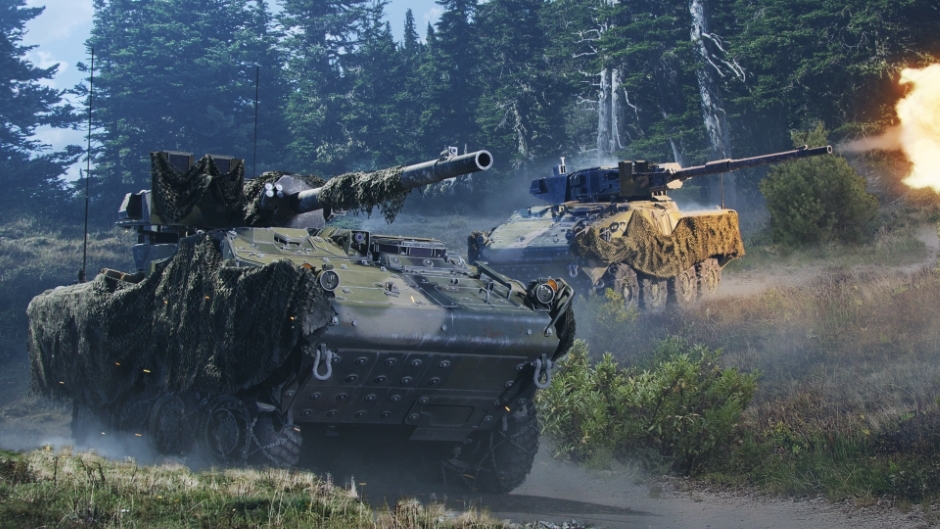
YUME - LG喵
[Lovely Games] October discounts, and the upcoming hot gift pack is here to warm up. There are 22 pictures and 6 female characters for you to choose from!
How are you going to play during the upcoming long holiday? Are you a stay-at-home party or a travel party?
Whether you go out to play or stay at home, it feels different. I wish you all a happy holiday in advance~ There are still discounts on new and old games this week. If you are interested, you can take a look 🥰
https://store.steampowered.com/app/3172180/_XXII/?curator_clanid=37430609
The space bar controls your speed to make her expression more attractive❤️🔥

Click the small panel with your mouse to control dressing and taking off❤️🔥
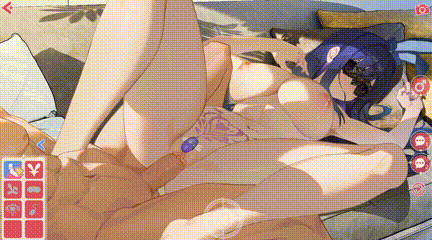
Try touching her~she will have different reactions❤️🔥
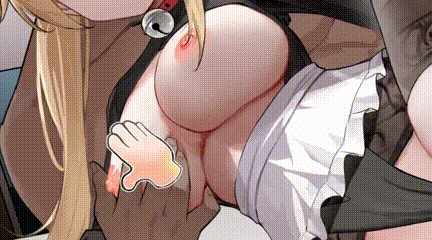
https://store.steampowered.com/app/3085640/2/?curator_clanid=37430609
https://store.steampowered.com/app/3088550/XXII/?curator_clanid=37430609
https://store.steampowered.com/app/2403270/Hot_And_Lovely_Violet/?curator_clanid=37430609
https://store.steampowered.com/app/2206150/Hot_And_Lovely_Charm/?curator_clanid=37430609
https://store.steampowered.com/app/2756390/_/?curator_clanid=37430609
HomepageXDS
How are you going to play during the upcoming long holiday? Are you a stay-at-home party or a travel party?
Whether you go out to play or stay at home, it feels different. I wish you all a happy holiday in advance~ There are still discounts on new and old games this week. If you are interested, you can take a look 🥰
https://store.steampowered.com/app/3172180/_XXII/?curator_clanid=37430609
The space bar controls your speed to make her expression more attractive❤️🔥

Click the small panel with your mouse to control dressing and taking off❤️🔥

Try touching her~she will have different reactions❤️🔥

Coming soon! You can check out the wishlist~❤️
https://store.steampowered.com/app/3088520/_/?curator_clanid=37430609https://store.steampowered.com/app/3085640/2/?curator_clanid=37430609
https://store.steampowered.com/app/3088550/XXII/?curator_clanid=37430609
Discounted games! There will be more bundles with discounts later! ❤️
https://store.steampowered.com/app/1471200/YUME/?curator_clanid=37430609 https://store.steampowered.com/app/3172060/_/?curator_clanid=37430609 https://store.steampowered.com/app/1605010/Adorable_Witch/?curator_clanid=37 430609 https://store.steampowered.com/app/2732500/Fairy_Biography5__Demon/?curator_clanid=37430609 https://store.steampowered.com/app/2272050/Fairy_Biogr aphy3__Obsession/?curator_clanid=37430609https://store.steampowered.com/app/2403270/Hot_And_Lovely_Violet/?curator_clanid=37430609
https://store.steampowered.com/app/2206150/Hot_And_Lovely_Charm/?curator_clanid=37430609
https://store.steampowered.com/app/2756390/_/?curator_clanid=37430609
HomepageXDS










